Inbox and Environment News: Issue 412
July 7 - 20, 2019: Issue 412
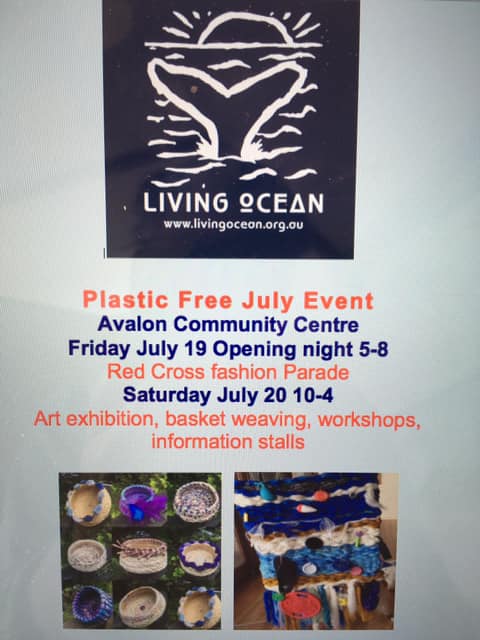
New Wave Of Funding For Councils To Manage NSW Coasts And Estuaries
- $121,675 – Kempsey Shire Council – South West Rocks foreshore upgrade
- $40,370 – Nambucca Shire Council – Scotts Head outer seawall replacement
- $48,769 – Bellingen Shire Council – Dalhousie Creek entrance management
- $170,000 – Newcastle City Council – Cliff stability monitoring, management of dunes and access at Stockton Beach, dune management Bar Beach
- $244,000 – Wollongong City Council – Restoration of significant sites around Lake Illawarra, rehabilitation of Perkins Dune and connectivity around Bellambi Estuary
- $30,000 – Hunters Hill Council – Habitat restoration lower Parramatta River estuary
- $420,000 – Lake Macquarie City Council – Coastal dune revegetation, foreshore rehabilitation and wetland management
- $105,000 – Shoalhaven City Council – Protecting Shoalhaven’s coastal wetlands and bushland reserves
- $60,000 – Bega Valley Shire Council – Lower Bega Estuary rehabilitation and rehabilitation works on Pambula Lake
- $349,075 – Ballina Shire Council – Shaws Bay dredging and foreshore improvements
- $99,884 – Rous County Council – monitoring of the Richmond River water quality.
Catch A Glimpse Of A Humpback Whale
Visit a coastal NSW national park to spot a humpback whale, as they start their annual migration north.
From May to November 2019, over 30,000 humpback whales will migrate from the cold waters of Antarctica to the warmer waters off north east Australia to mate and give birth before heading south again.
Vantage spots for whale watching include national parks with lookouts, headlands and foreshores.
Southern right and minke whales may also be spotted off the NSW coast during migration season.
Keen whale-watchers can download the free Wild About Whales mobile app, which helps users find the best locations for spotting whales, get real-time notifications of nearby sightings, and record their sightings.
Environment Minister Matt Kean said the app is a great tool for the whole family to learn more about whales, while also contributing to a citizen science project.
“Citizen science volunteers and other organisations such as ORRCA do an amazing job of monitoring the number of whales migrating along the NSW coast each season,” Mr Kean said.
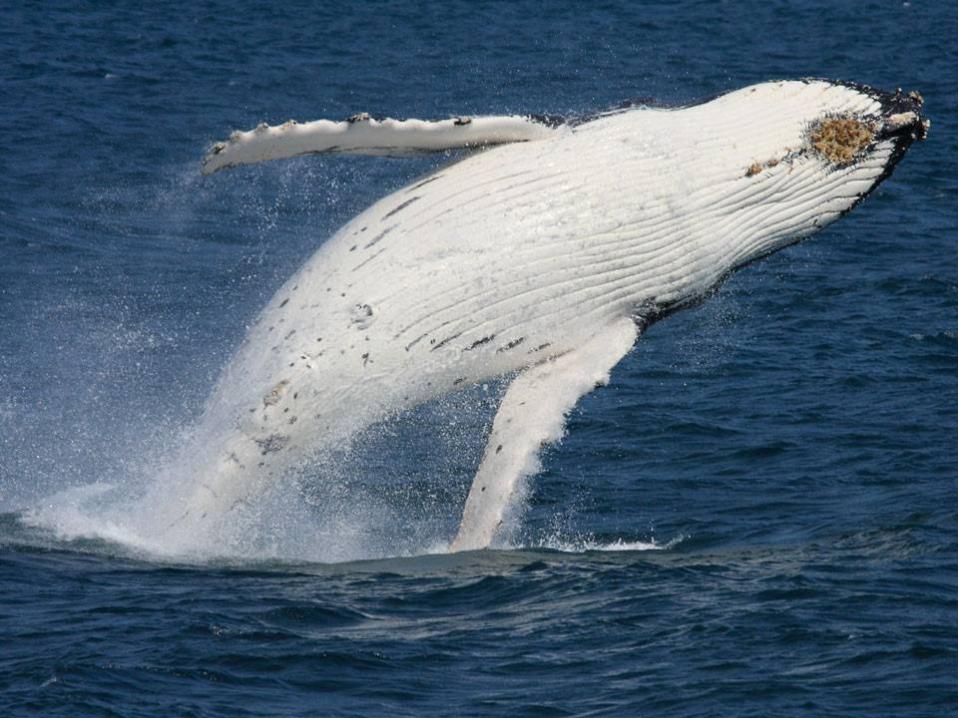
New Research Reveals The Toxic Legacy Of Coal Ash Waste On NSW's Central Coast
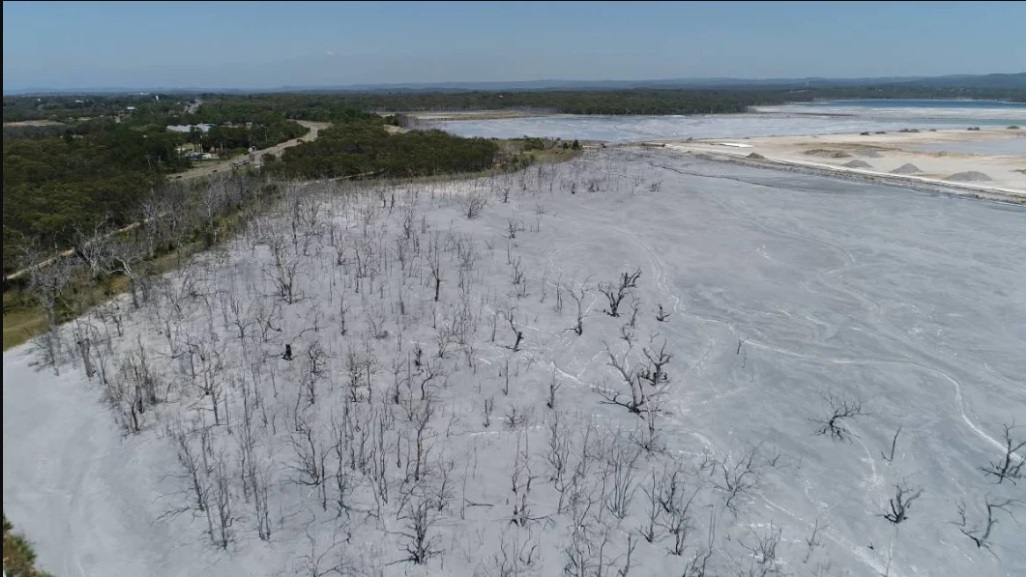
- Most Australian power stations dispose of ash in the most environmentally harmful way – as wet sludge into predominately unlined dump sites, or directly into mines.
- According to the US EPA, the extent of contamination from ash dump sites doesn’t reveal itself for some 70 – 100 years after the site became operational.
- There is no entirely safe way to dispose of coal ash, only a less harmful method which needs careful management including keeping it dry, in a thoroughly lined dump site, well away from surface and groundwater.
- Conditions for ash dump management differ from state-to-state, and in each state, from power station to power station.
- There is no best-practice management standard for ash dumps in any state, or at a national level.
- There is no requirement that power station operators prepare ash dump rehabilitation, closure and post-closure plans well before closure of the power station occurs.
- Access to information about ash dumps is extremely limited, including access to groundwater monitoring data and ash management plans which have to be acquired through Freedom of Information laws.
- The only state that requires financial assurances be held for ash dumps is Victoria.
Birdwatchers Highlight Declines Of Seabirds Off South-Eastern Australia
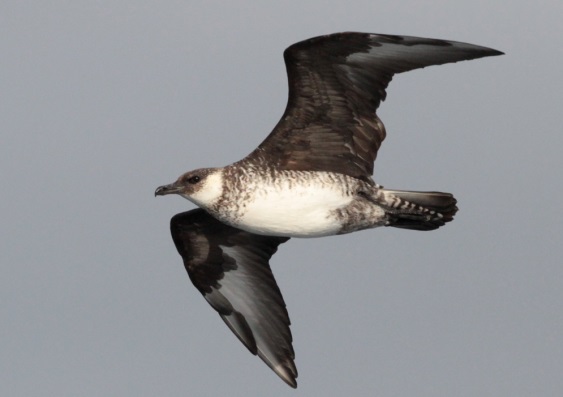
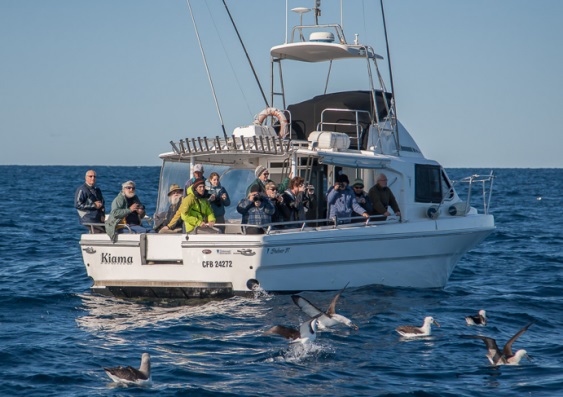
230 New Species In Real Life Game Of Flies
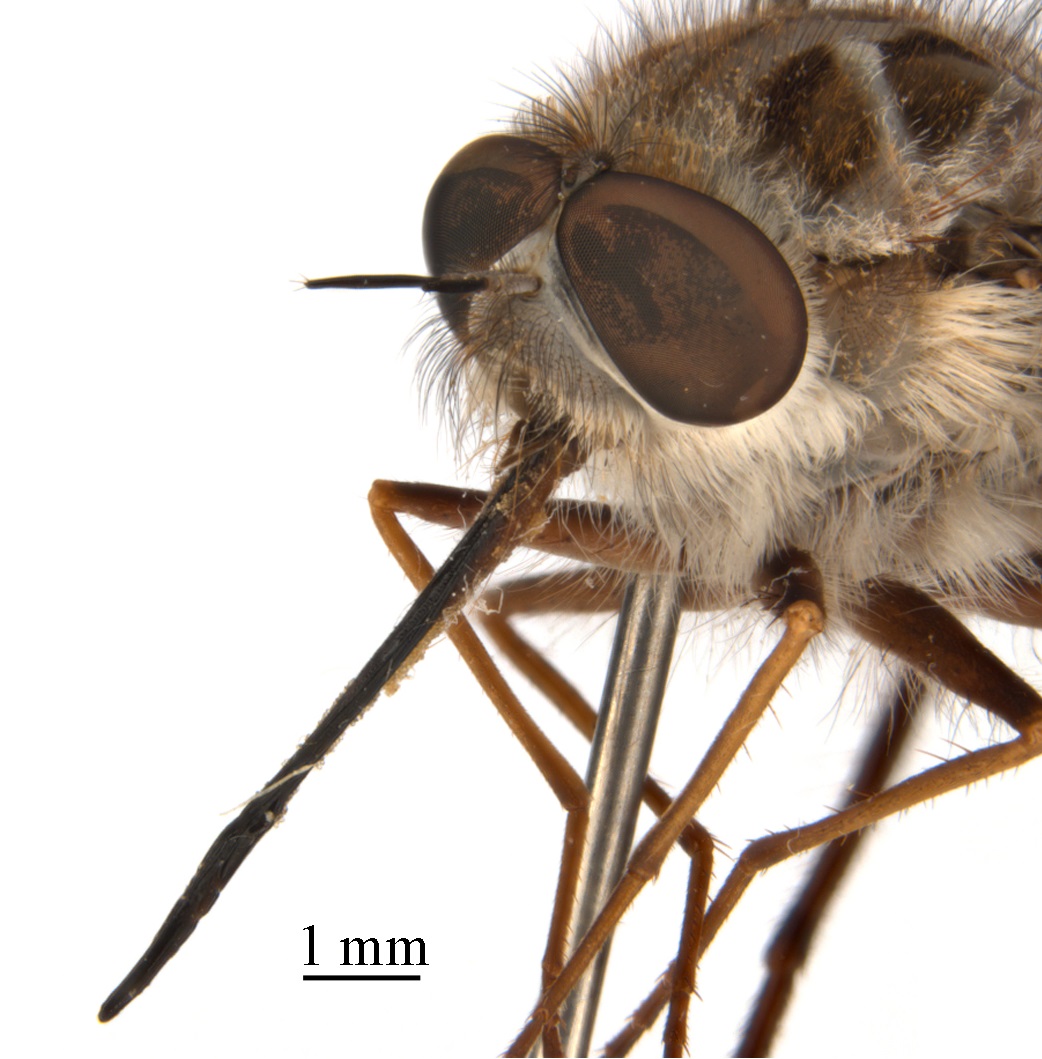
- Nightking: A new genus and species of an unusual Australian winter bee fly (Diptera: Bombyliidae) with discussion on its phylogenetic position
- Cusk eel: Aphyonid-clade species of Australia (Teleostei, Bythitidae) with four species new to Australian waters and a new species of Barathronus
- Soldier flies: Review of the Stratiomyinae soldier flies of Australia (Diptera: Stratiomyidae), with a new genus and first records of Prosopochrysa de Meijere, 1907
- Trumpet vine: Tecomanthe burungu (Bignoniaceae), a new species from northern Queensland
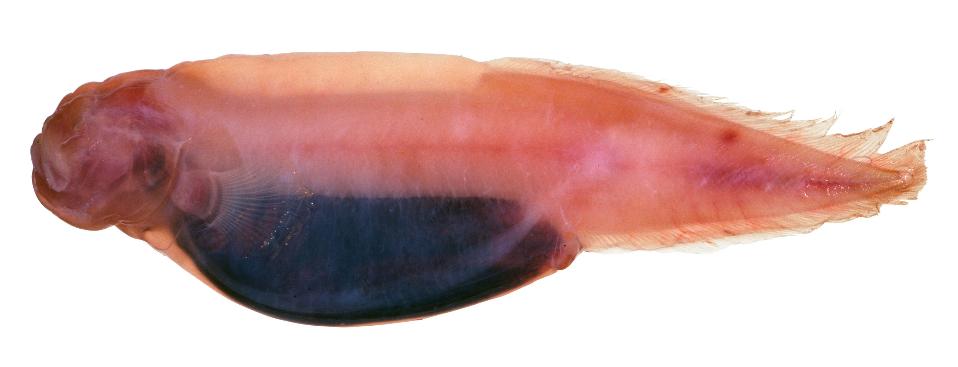
Lion Island's Little Penguins (Fairy Penguins) Get Fireproof Homes
Devastating news this week that 2 Little Penguins (Fairy Penguins) have been killed at Manly. Our hearts go out to their little penguin mates and all those who toil to keep them safe.
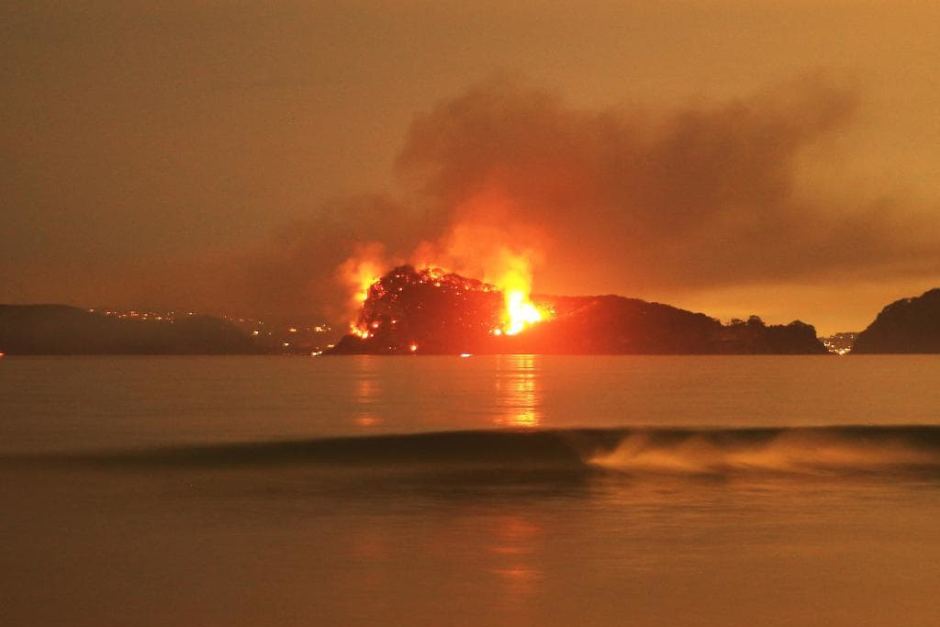
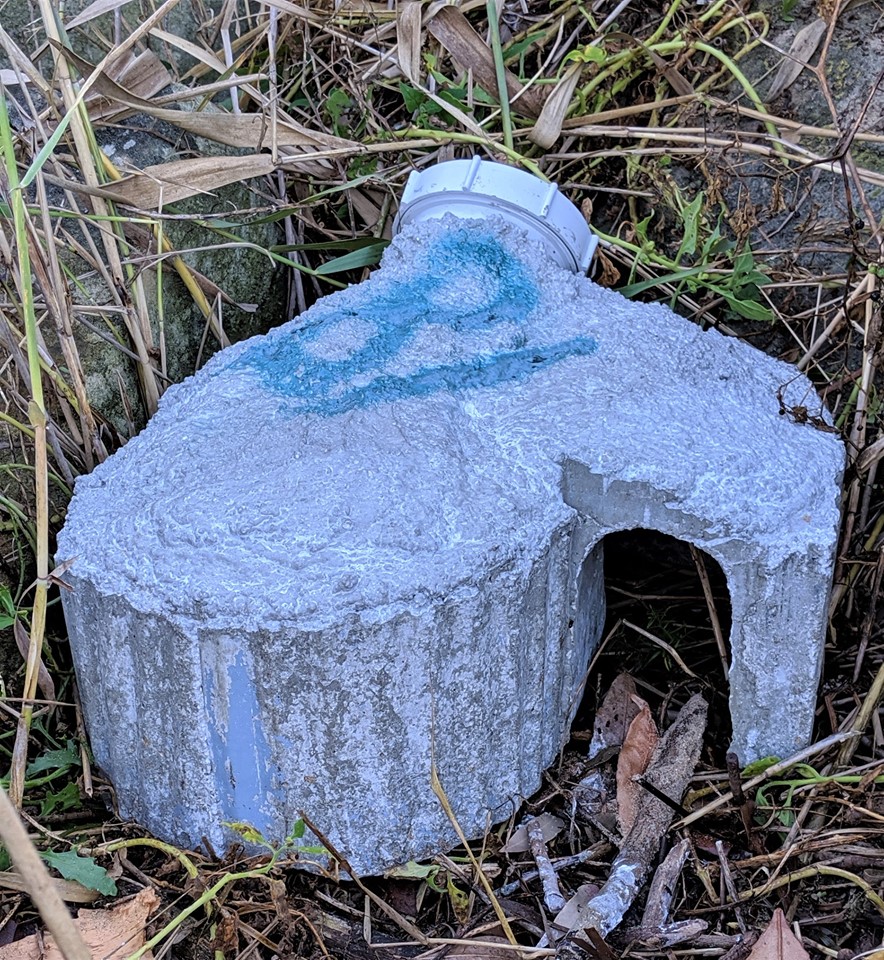
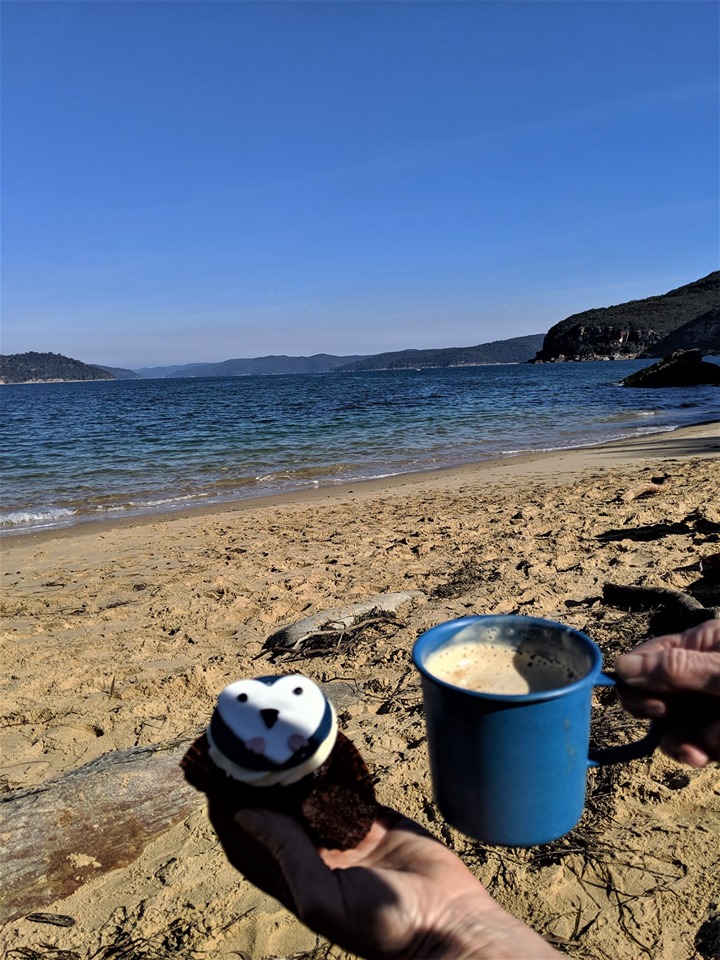
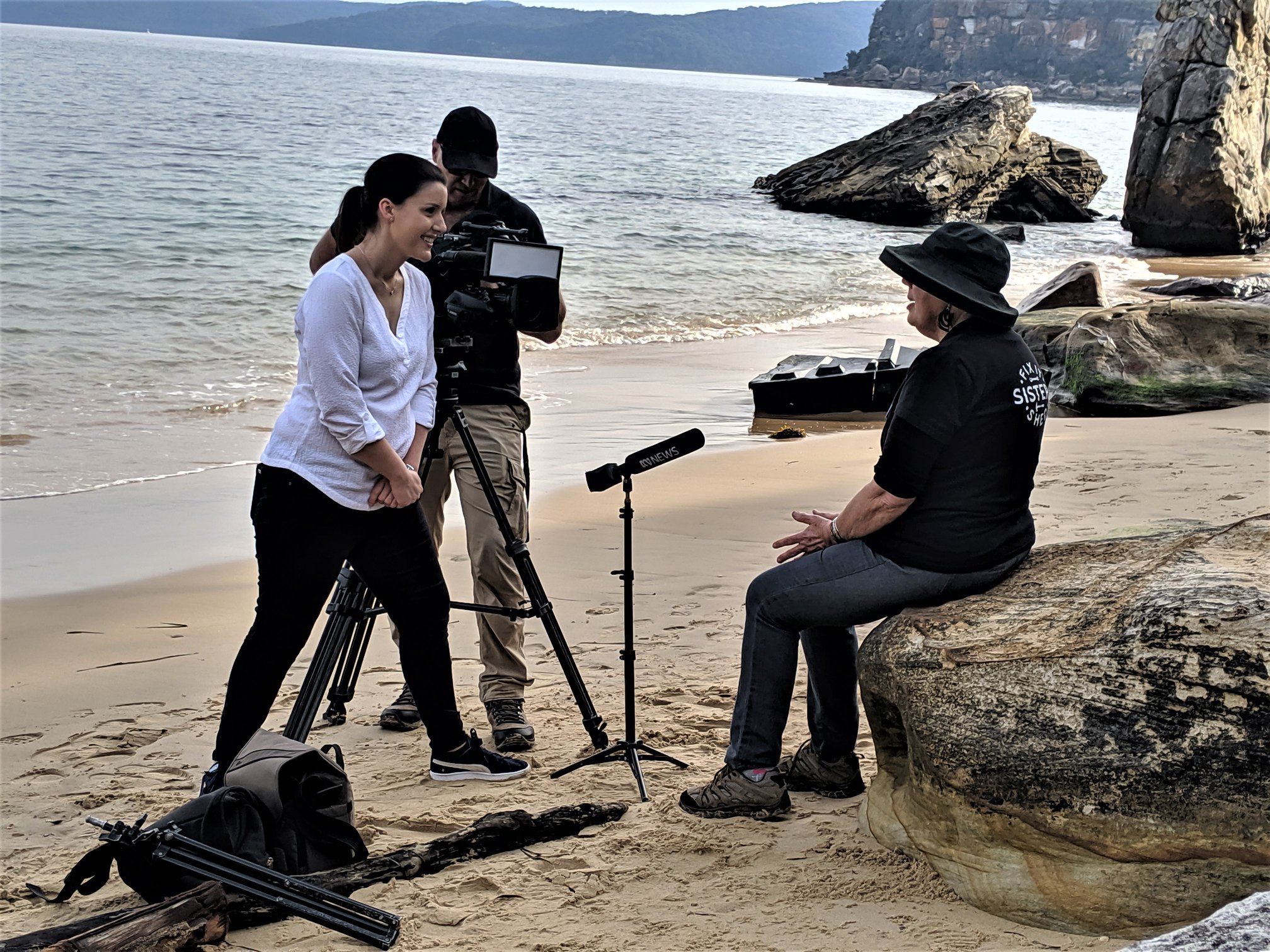
They used to walk across Ocean St Narrabeen and nest under Ross Jorgensons house,and there was a colony at Bollicky Beach(Turrimetta) Nth. Narrabeen. You could hear them from up on the Plateau, Edgecliff Bolv. down in the surf.There was a bait ground just off Sth Narra SLSC. Sava
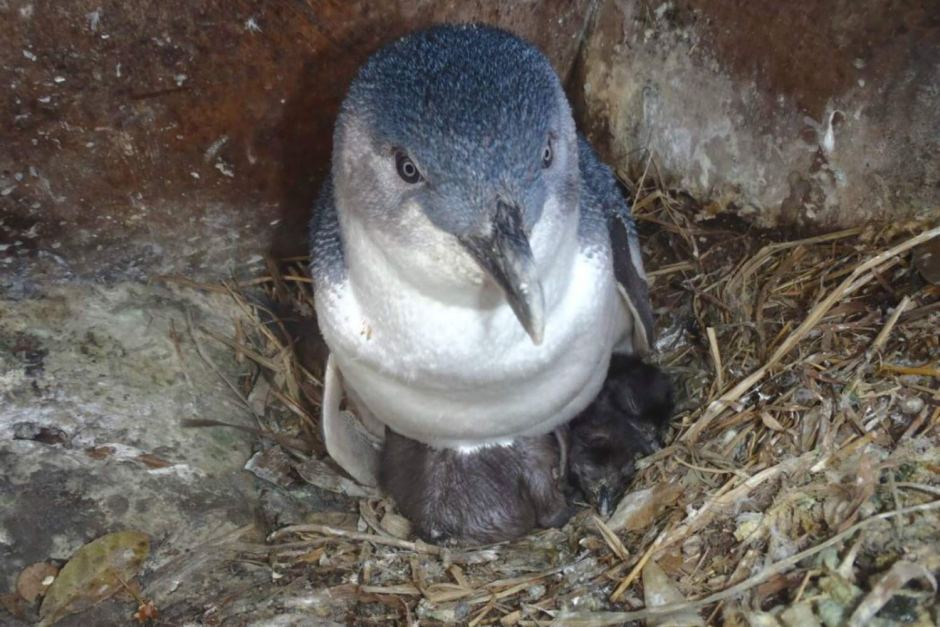
NSW Upper House Inquiry Into Koala Populations And Habitat In New South Wales
National Tree Day 2019
How Planting Trees Could Save The Climate
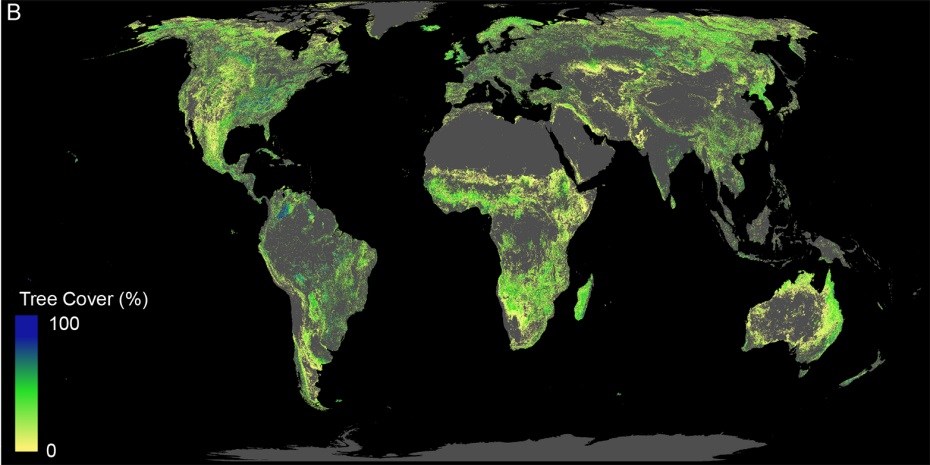
How To Protect Corals Facing Climate Change
NSW'S Best Junior Surfers To Call Coffs Harbour Home For The 2019 Woolworths NSW Junior State Titles
Over 250 competitors will call Coffs Harbour home when the Woolworths NSW Junior State Titles pres. by Ocean and Earth kicks off from 19th – 25th July 2019.
Competitors will be vying for an NSW Junior Title and in turn, earn their position into the upcoming 2019 Australian Junior Surfing Titles, which will take place in Western Australia at the end of the year.
All qualifiers for the Woolworths NSW State Junior Titles pres. by Ocean and Earth were determined by eight individual regional titles, which took place up and down the NSW coastline earlier in 2019.
Coffs Harbour City Council's Mayor Denise Knight was elated that the region would continue to build on its long and rich history of hosting junior surfing events.
"I’m thrilled that Coffs Harbour will again be hosting the Woolworths NSW Junior State Titles later this year. An event like this further strengthens our great relationship with Surfing NSW, and the event itself is a brilliant way to encourage and support youth participation in sports. As a destination, I know the local tourism sector will look forward to welcoming competitors and their families from all over the state to enjoy the beautiful Coffs Coast."
Surfing NSW CEO Luke Madden echoed similar sentiments.
“The Woolworths NSW Junior Titles pres. by Ocean and Earth is one of the most fiercely contested events on our calendar with competitors hungry to gain themselves an NSW Title in a region that consistently delivers decent surf and has a variety of quality breaks for whatever Mother Nature dishes up.”
The last two days of the event will comprise of the NSW School Surfing Titles.
2019 will be the ninth year Surfing NSW will combine the NSW School Surfing Titles into the event.
Former competitors in the NSW Junior State Titles include current World Surf League (WSL) Championship Tour (CT) surfers Owen, Mikey and Tyler Wright, Sally Fitzgibbons, Matt Wilkinson, Wade Carmichael and Connor O'Leary.
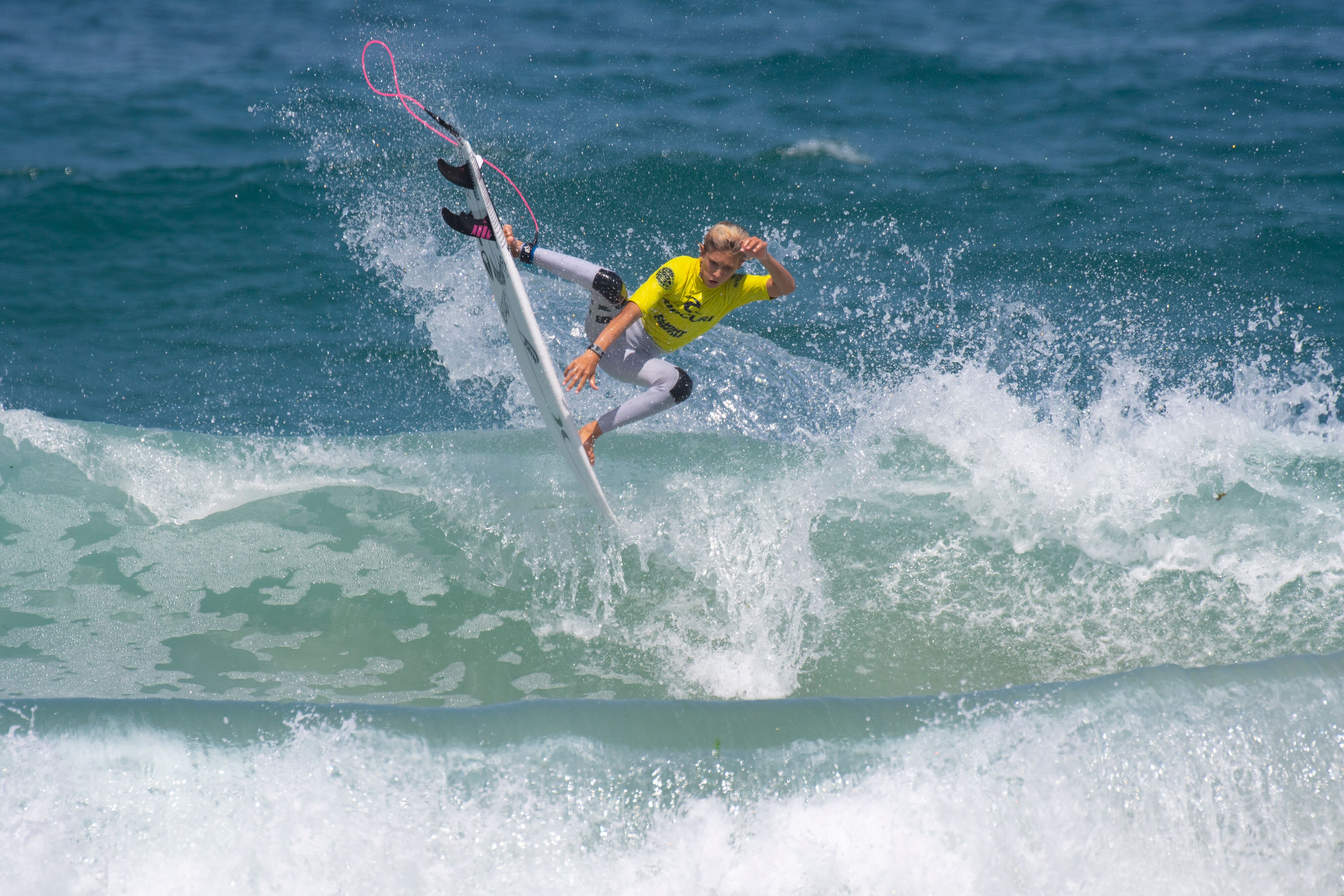
Winter Vincent getting airborne - photo by Ethan Smith/Surfing NSW
The daily schedule and location will be confirmed via the event hotline at 6:45am each day. The event hotline is 0458 247 212.
The event will be fully mobile in the Coffs Harbour area with Macauleys, Park Beach, Diggers, Gallows and Sawtell all venue options.
The Woolworths NSW Junior Titles pres. by Ocean and Earth will be proudly supported by Woolworths, Ocean and Earth, Coffs Harbour City Council, Carve, Australian Skin Cancer Clinics, Mothernest, Volkswagen, H2Coco, Reflections Holiday Park and Surfing NSW.
ABOUT WOOLWORTHS
Future Australian surfing champions will receive further help to ride the wave to success, with Woolworths expanding its commitment to the sport to include Surfing Australia’s six affiliated State branches Woolworths State Junior Surfing Titles, with 18 events to be run nationally across six States in 2019.
Registrations Are Now Open For The 2019 Beach To Bush Program
Avalon Surf Boat And Whale - Media Student Vid.
Published June 3rd, 2019 - AV - IPT Multimedia Video Component by Lachlan Mills - Avalon Beach SLSC Member
Song Credit: Trap Nation, Star Wars - The Force Theme (Far Out Remix)
Moon Landing Broadcast Donated To CSIRO By NASA Now Donated To NFSA
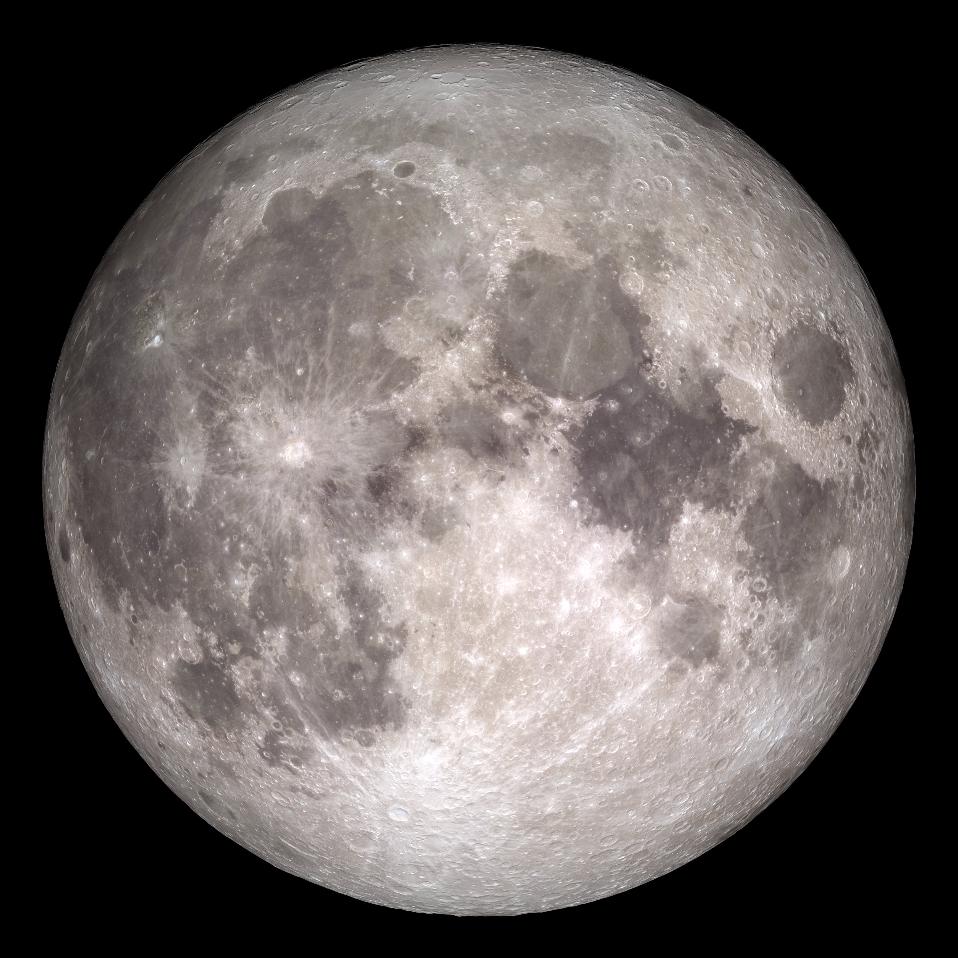
Vision of the Apollo 11 Moon landing was seen by more than 600 million people. Photo Credit: NASA.
As the 50th anniversary of the Apollo 11 Moon landing approaches on July 21st, CSIRO and the National Film and Sound Archive of Australia have ensured the original TV broadcast will be preserved for future generations.
NASA gifted the only official copy of the footage held outside of the United States to CSIRO, Australia’s national science agency, in recognition of Australia’s crucial role supporting the Apollo 11 mission.
To mark the anniversary, a new digitally restored version of Australia’s official copy of the broadcast was today donated by The Hon Karen Andrews MP, Minister for Industry, Science and Technology, to The Hon Paul Fletcher MP, Minister for Communications, Cyber Safety and The Arts at an event at Parliament House.
A delegation of NASA officials led by Mr Badri Younes, Deputy Associate Administrator for Space Communications and Navigation, were present to witness the donation.
Ground stations in Australia played an essential role in the success of the Apollo 11 mission, receiving and relaying images to the world, tracking spacecraft and monitoring astronauts’ health.
Sharing this historic event, which was seen by over 600 million people around the world, would not have been possible without this strong US and Australia partnership.
Communicating with the Apollo 11 lunar module Eagle and sharing news of the ‘giant leap’ was made possible by the technology and teams at NASA’s tracking stations at Goldstone, California and Honeysuckle Creek near Canberra, and CSIRO’s Parkes radio telescope in NSW.
For the first nine minutes of the broadcast, NASA switched from Goldstone to the signals from Honeysuckle Creek – the latter capturing the first foot-step on the Moon.
The strong signal being received by CSIRO’s Parkes radio telescope – with its large surface area and sensitive technology – was then used to share the remainder of the two-and-a-half-hour broadcast with the world.
Executive Director of CSIRO’s space programs Dr Dave Williams said Australia’s unique geographical location made it a natural choice for NASA to establish ground tracking stations, which need to be located at equal distances around the world to maintain constant contact with spacecraft.
“Our collaboration with NASA extends for almost sixty years,” Dr Williams said.
“Australia continues to play a pivotal role in NASA’s Deep Space Network, tracking more than 40 spacecraft from the Canberra Deep Space Communication Complex – which CSIRO manages on NASA’s behalf – and lending our Parkes radio telescope to support missions such as Voyager 2, which recently entered interstellar space.
“It was an honour to receive the official copy of the footage from NASA in recognition of the support Australia provided to the Apollo 11 mission, and to donate this footage to the National Film and Sound Archive for the benefit of future generations.”
CEO of the National Film and Sound Archive Jan Müller said in addition to a significant scientific and engineering achievement, the broadcast of the moonwalk was a powerful collective experience for those watching here on Earth.
“Nearly fifty years ago, the world came together to watch these images and celebrate a landmark human achievement. The broadcast had huge impact inspiring others to follow their passion in science and engineering, and to make a difference to the world,” Ms Müller said.
“Today we’re delighted to accept this donation from CSIRO to add to our collection, which preserves key moments in Australia’s history.”
Vision of the moonwalk was transmitted via a 66cm radio dish on top of the lunar module that used just 20 watts of power – the same energy output as two LED light bulbs.
The faint signals then travelled 384,000 kilometres to Earth where they were received and converted to a signal normal TVs could receive.
The conversion meant TV audiences never saw the comparatively high-quality video direct from the Moon that engineers at Goldstone, Honeysuckle Creek and Parkes witnessed.
Decades later, NASA worked with Hollywood film restoration specialists to enhance the footage, which is now included in the collection of the National Film and Sound Archive of Australia, ensuring its ongoing preservation.
The donated footage is one of just three copies in the world and the only copy to be held outside of the United States.
Minister Fletcher, who accepted the footage from Minister Andrews on behalf of the NFSA, said 'The moon landing inspired millions of people and the Apollo 11 mission also had significant practical effects. It really marked the beginning of the digital age, driving dramatic advances in computing and communications.'
Astronauts Armstrong and Aldrin remained on the surface of the Moon for approximately two-and-a-half hours, during which time they collected about 47 pounds of samples, and deployed four experiments. You can watch the three-hour Restored Apollo 11 Moonwalk (Original NASA EVA Mission Video on the NASA YouTube channel).
Excerpt From NASA's Restored Footage Of The Apollo 11 Moonwalk
The Original Three-Hour Restored Apollo 11 Moonwalk
Join CSIRO To Celebrate The Apollo 11 Moon Landing At 'The Dish'
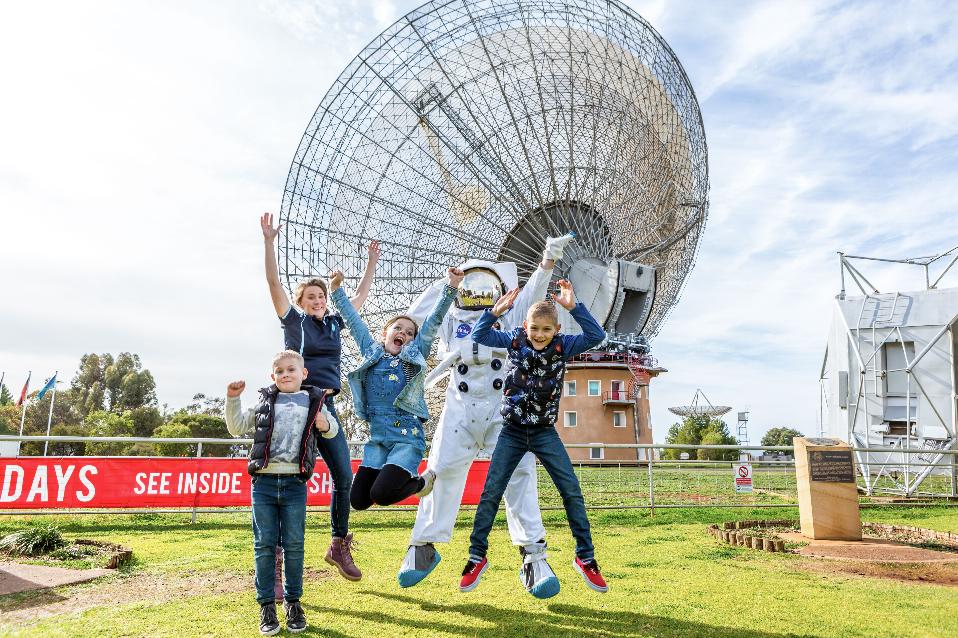
For those of us who were knee high to a grasshopper when made to watch this by mum and dad, on an old PYE television in our case, this will be of interest -
To mark the 50th anniversary of the historic Apollo 11 Moon landing, CSIRO – Australia's national science agency, will be celebrating with open days at its Parkes radio telescope on Saturday 20 and Sunday 21 July.
At 12.56pm on 21 July 1969 (AEST), humankind took its 'one giant leap' onto the Moon's surface and the incredible images were broadcast to 600 million people around the world.
While it was NASA's moment, it was Australia's too: sending astronauts to the Moon and sharing the momentous occasion couldn't have happened without the pivotal role Australia played.
The initial TV pictures from the Moon and Neil Armstrong's first steps on the lunar surface were broadcast through NASA's Honeysuckle Creek tracking station near Canberra.
After a few minutes, the higher quality television signal received by CSIRO's Parkes radio telescope was relayed around the world.

Crowds gather around a television set in the window of the Bank of New South Wales in Sydney to watch the the broadcast of American astronaut Neil Armstrong becoming the first man to land on the moon, July 21 1969. Picture: SMH Staff
On 20 and 21 July, you're invited to join CSIRO for the open days at 'The Dish' and take the rare opportunity to enjoy a tour inside the telescope.
As well as tours of the telescope, CSIRO will be offering plenty of fun-filled activities including the chance to drive the telescope to detect pulsars in real time.
Visitors will also have the opportunity to hear from representatives from the Australian Space Agency, as well as Australian-born NASA astronaut Dr Andrew Thomas, who will be in attendance thanks to support from the U.S. Embassy in Canberra.
"The Apollo 11 Moon landing inspired humanity to dream bigger and even imagine solving the impossible using science and technology," CSIRO Chief Executive Larry Marshall said.
"This too is CSIRO's purpose, solutions from science and our science-driven national challenges and missions of today will inspire our children to solve the challenges of tomorrow, knowing no boundaries but their own imaginations, dreaming as big as space itself."
There will be a special treat for visitors on the Saturday evening, with a screening of the movie 'The Dish', to be introduced by one of the movie's stars – Roy Billing, who played the Mayor of Parkes in the movie.
CSIRO has also partnered with ABC Radio for a live broadcast during both days of the event, and Parkes Shire Council to ensure everyone visiting the open days has a fantastic visit to the region.
For more information about the open days visit www.csiro.au/apollo11
NB: NSW Winter School Holidays: Saturday, 6 July 2019 to Sunday, 21 July 2019
We acknowledge the Wiradjuri people as the traditional owners of the CSIRO Parkes Observatory site.
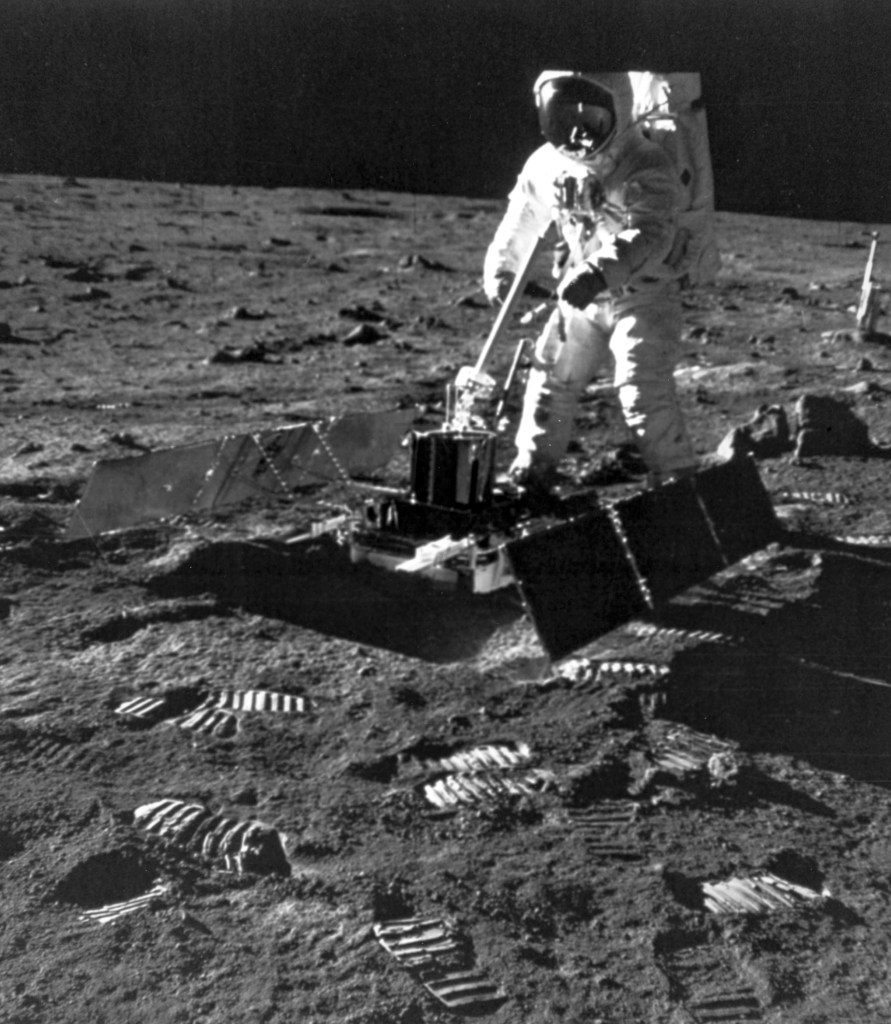
Buzz Aldrin with the Passive Seismic Experiment Package (PSEP). Credit: NASA
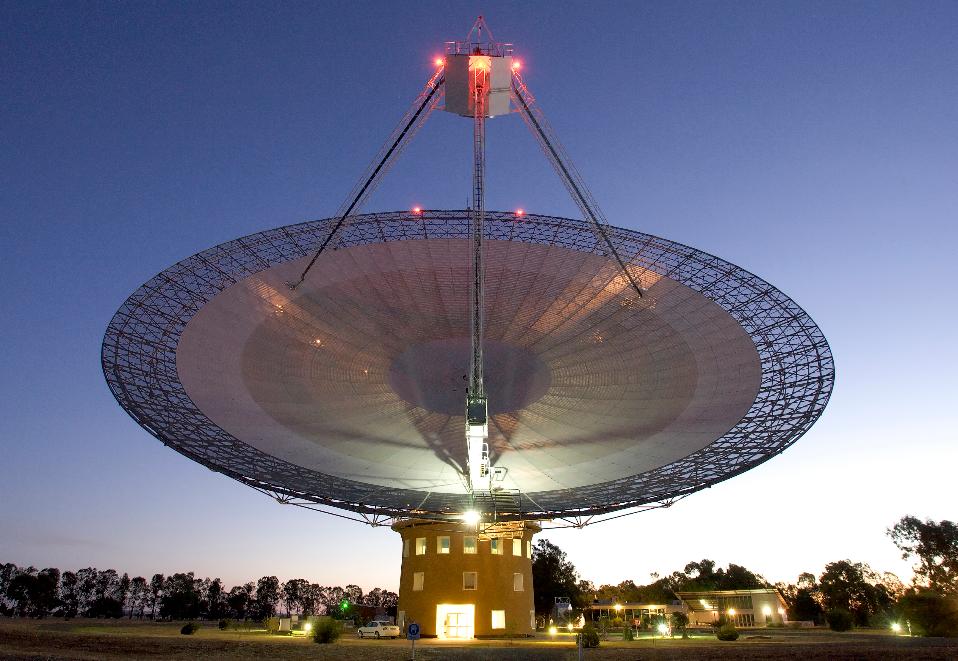
CSIRO Parkes radio telescope. Credit: S.Amy.
Australian Jumping Spider Named After Fashion Czar Karl Lagerfeld
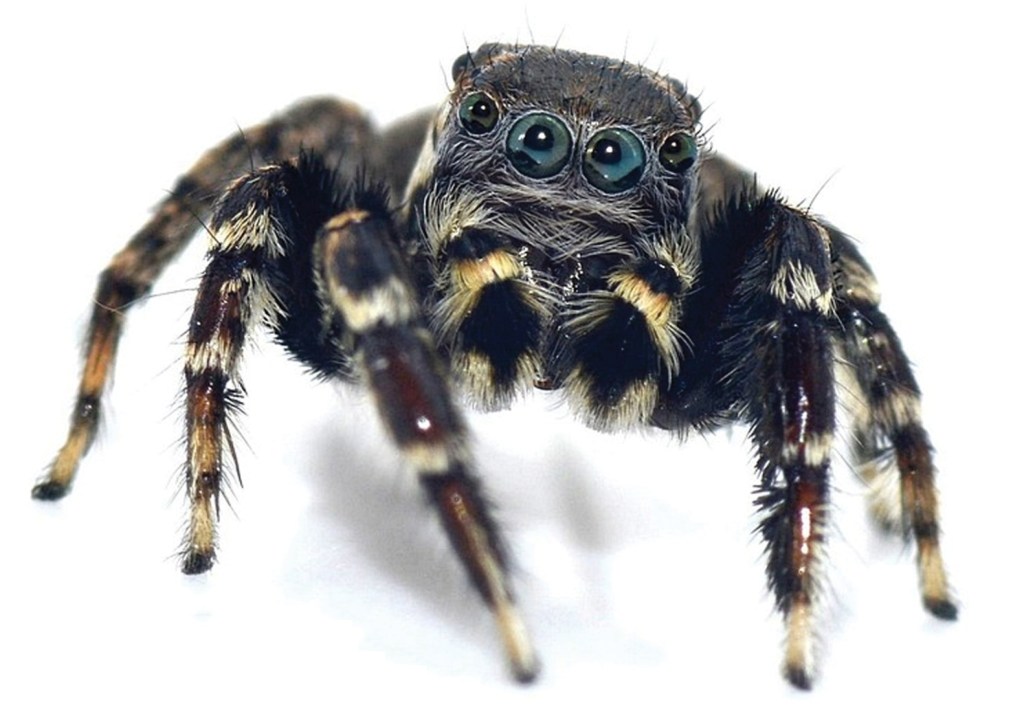
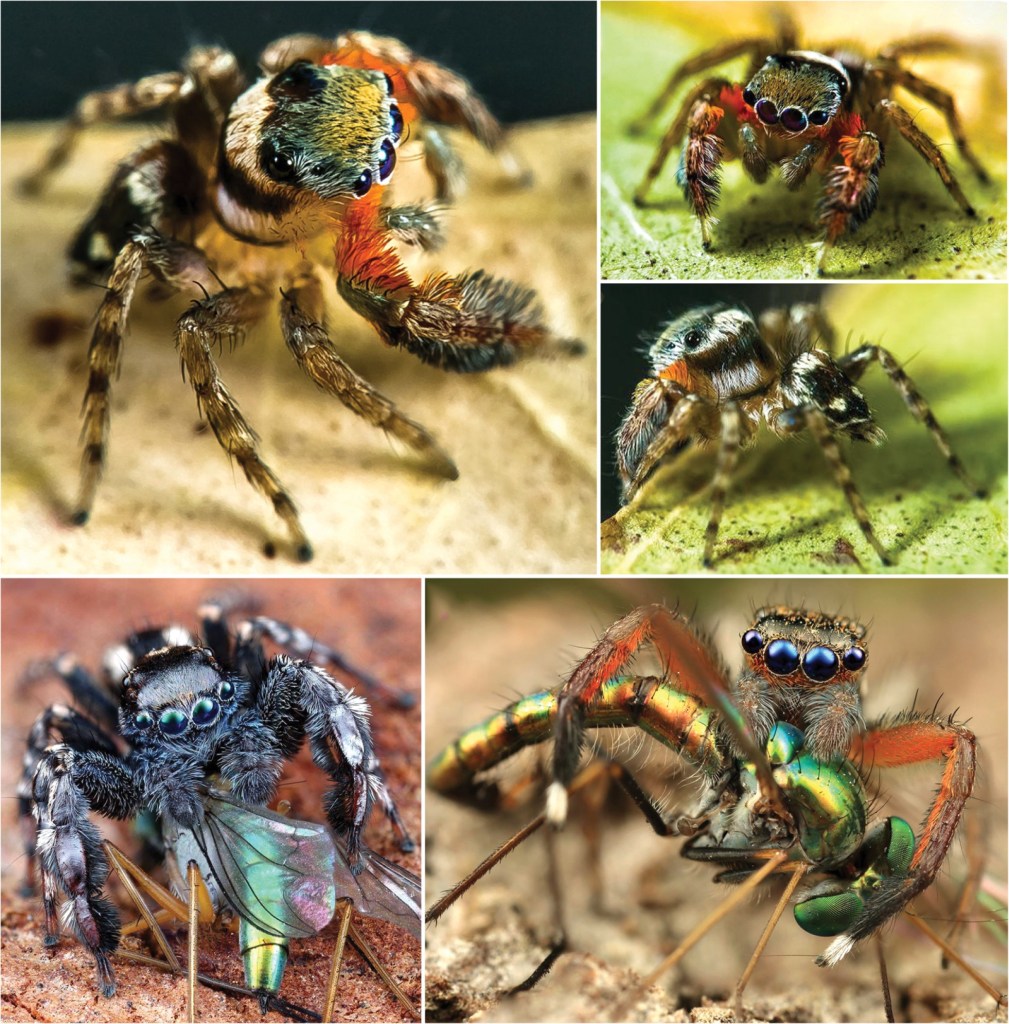
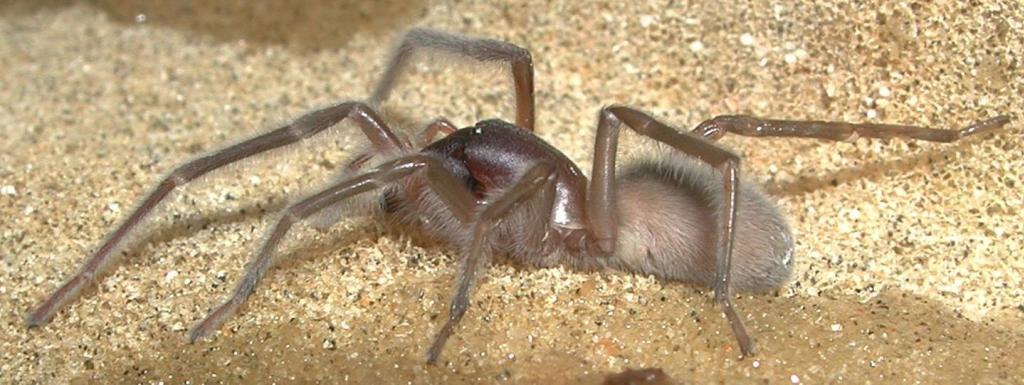
NSW Flu Season: Protect The Elderly - 57 Deaths So Far; Please Stay Home If Ill
Flu outbreaks in aged-care facilities continue to rise, prompting NSW Health to remind people to get vaccinated against flu before visiting the elderly and stay home if they are ill.
NSW Health Director of Communicable Disease, Dr Vicky Sheppeard, said in the year to date there have been 87 confirmed influenza outbreaks in aged-care facilities, 12 of which were reported this week (June 28th, 2019).
“The elderly are highly vulnerable to influenza and the flu jab is critical to reducing the risk of visitors catching the virus and bringing it into aged-care homes,” Dr Sheppeard said.
“If you are unwell with the flu, stay at home and minimise contact with other people if possible, especially those who are particularly vulnerable, such as the elderly until you have recovered.”
The latest weekly Influenza Surveillance Report shows there were 4617 flu cases for the week ending 23 June, a rise from 4101 notifications the previous week. There have been seven additional deaths of a person over 60 years from flu-related complications, bringing the annual total to 57 confirmed deaths.
Along with most other parts of Australia, NSW is feeling the effects of an early start to the flu season. NSW Health is again reminding people to consider all available options such as their local GP, medical centre or pharmacy if their illness is not an emergency.
“The flu season is already making its impact felt around the country, with more patients presenting to NSW emergency departments so far in 2019, than in any other six month period,” Dr Sheppeard said.
Flu shots are free under the National Immunisation Program for pregnant women, people over 65 years of age, Aboriginal people and those with medical conditions such as asthma, diabetes and heart problems. So far this year, 2.4 million government-funded influenza vaccines have been distributed to providers across NSW.
“We are again encouraging everyone to take advantage of the free flu vaccine as it is still not too late to get vaccinated. The flu vaccine is still the best protection, and simple hand hygiene is also important,” Dr Sheppeard said.
The NSW Government is spending a record $22.75 million on state-wide immunisation programs which will assist with flu prevention this season. This includes $2.6 million for free flu shots to children up to five years of age and a $1.5 million immunisation and influenza awareness campaign.
Holy Crocodiles In East Timor
What Do Sick Kids Really Want In Hospital?
- "To know I am safe and will be looked after."
- "To get enough sleep at night."
- "That staff listen to me."
- "To have places my parents can go to for food and drinks."
- "To have my mum, dad or family help care for me."
Current Pledges To Phase Out Coal Power Are Critically Insufficient To Slow Climate Change
'Tsunami' On A Silicon Chip: A World First For Light Waves
Scientists Discover Processes To Lower Methane Emissions From Animals
Atmosphere Of Midsize Planet Revealed By Hubble, Spitzer
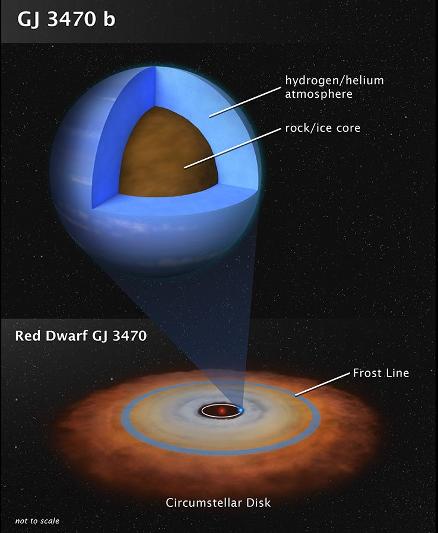
The Secret Language Of Trees
Disclaimer: These articles are not intended to provide medical advice, diagnosis or treatment. Views expressed here do not necessarily reflect those of Pittwater Online News or its staff.